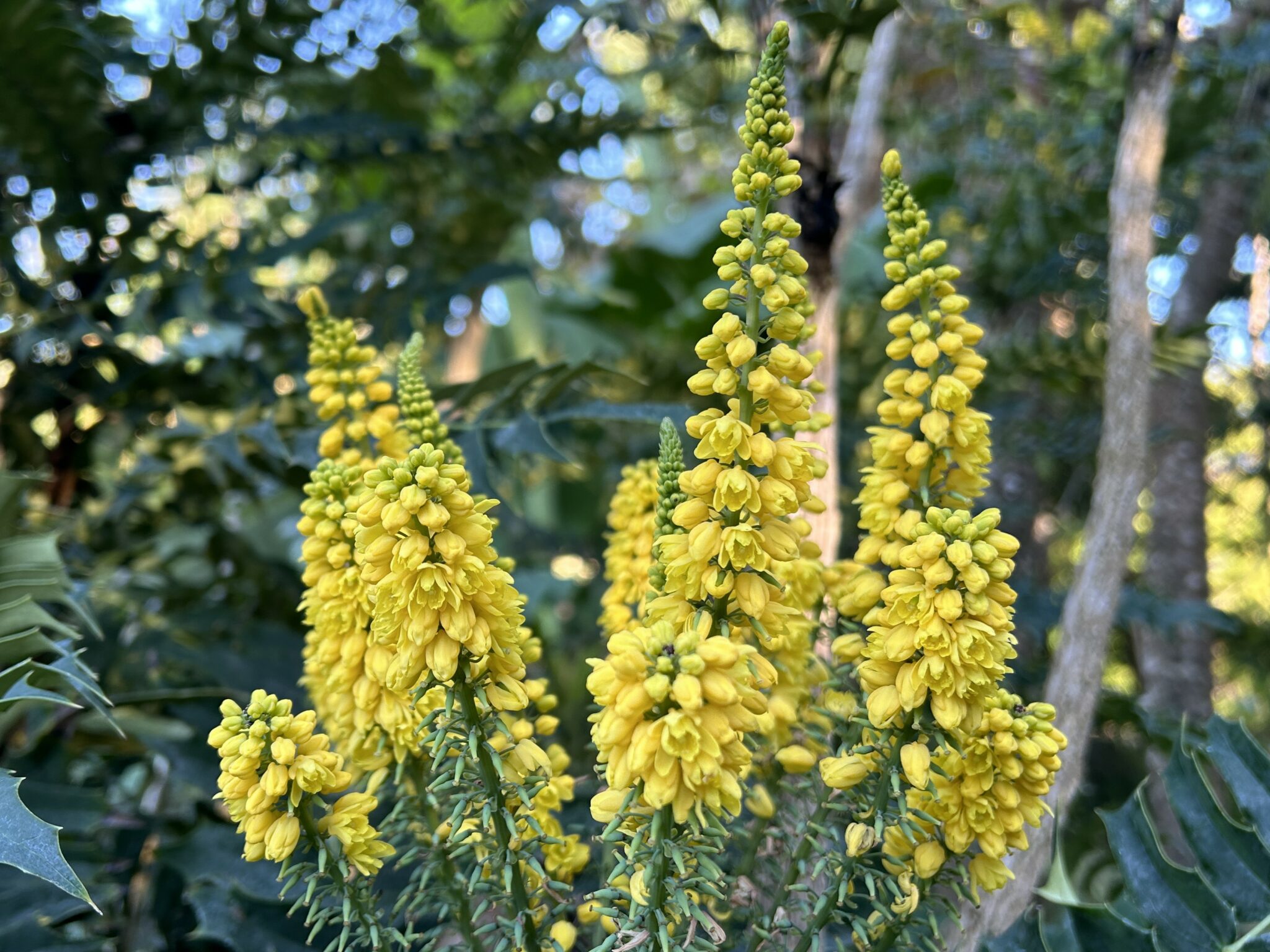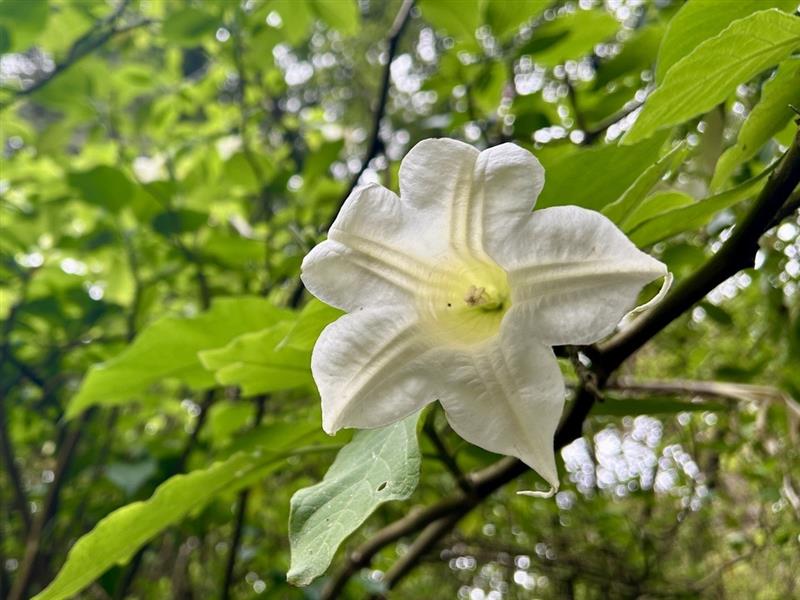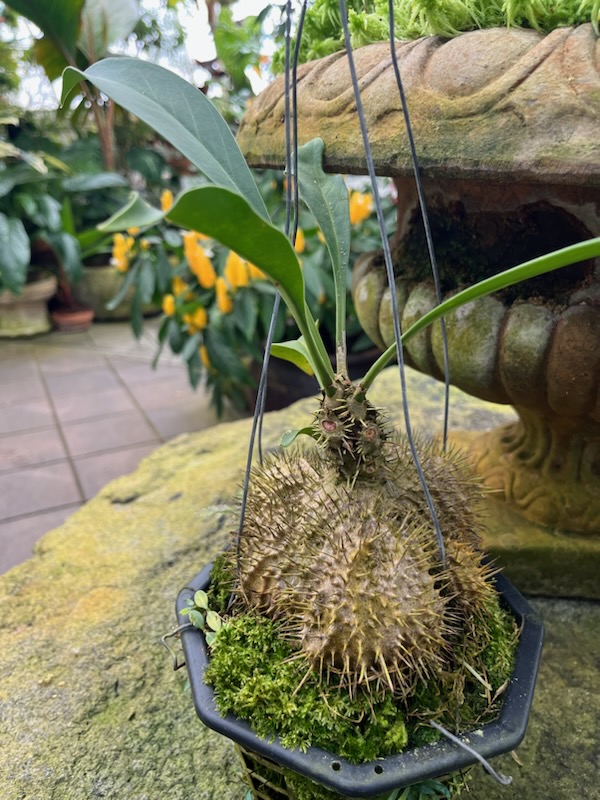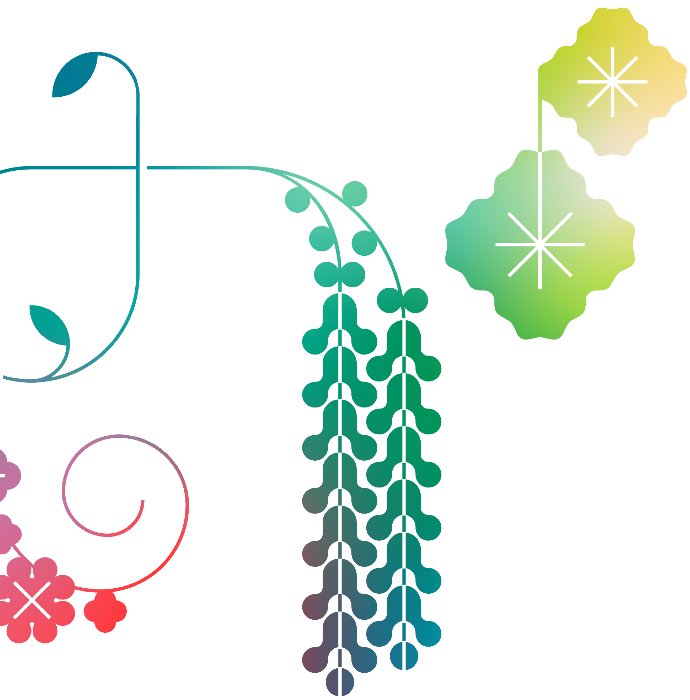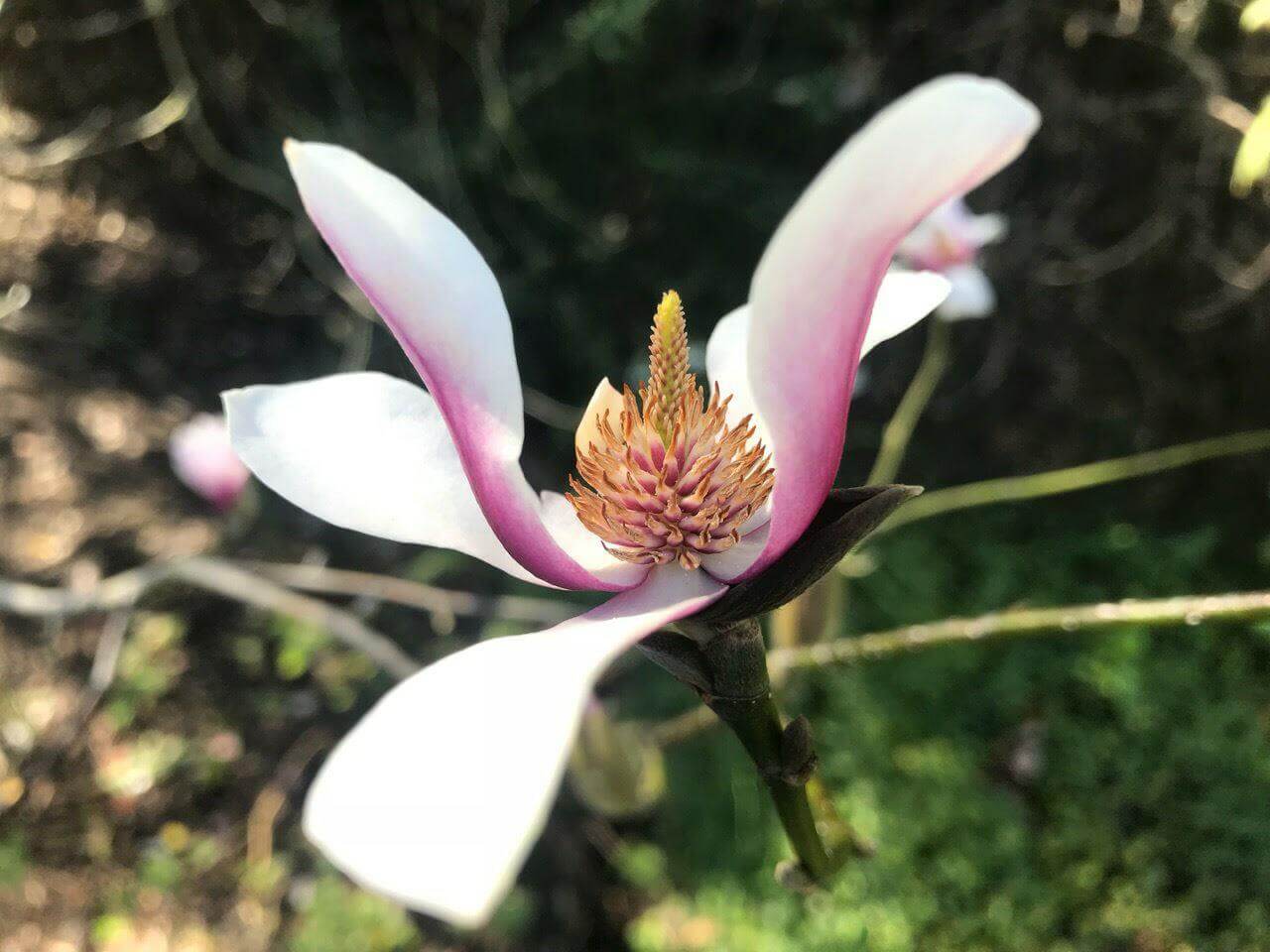
Curator’s Corner – Magnolia amoena
Magnolia amoena, known best as the “Tianmu Magnolia”, is a deciduous tree with a fragmented distribution throughout Southeast China.
Profile
Scientific name: Magnolia amoena
Family: Magnoliaceae
Environment: Hilly lowland and montane mixed forest.
Bloom: Late winter – Spring
Plant type: Tree
Uses: Medicinal
Location: San Francisco Botanical Garden‘s Mesoamerican Cloud Forest, 14A & 26D
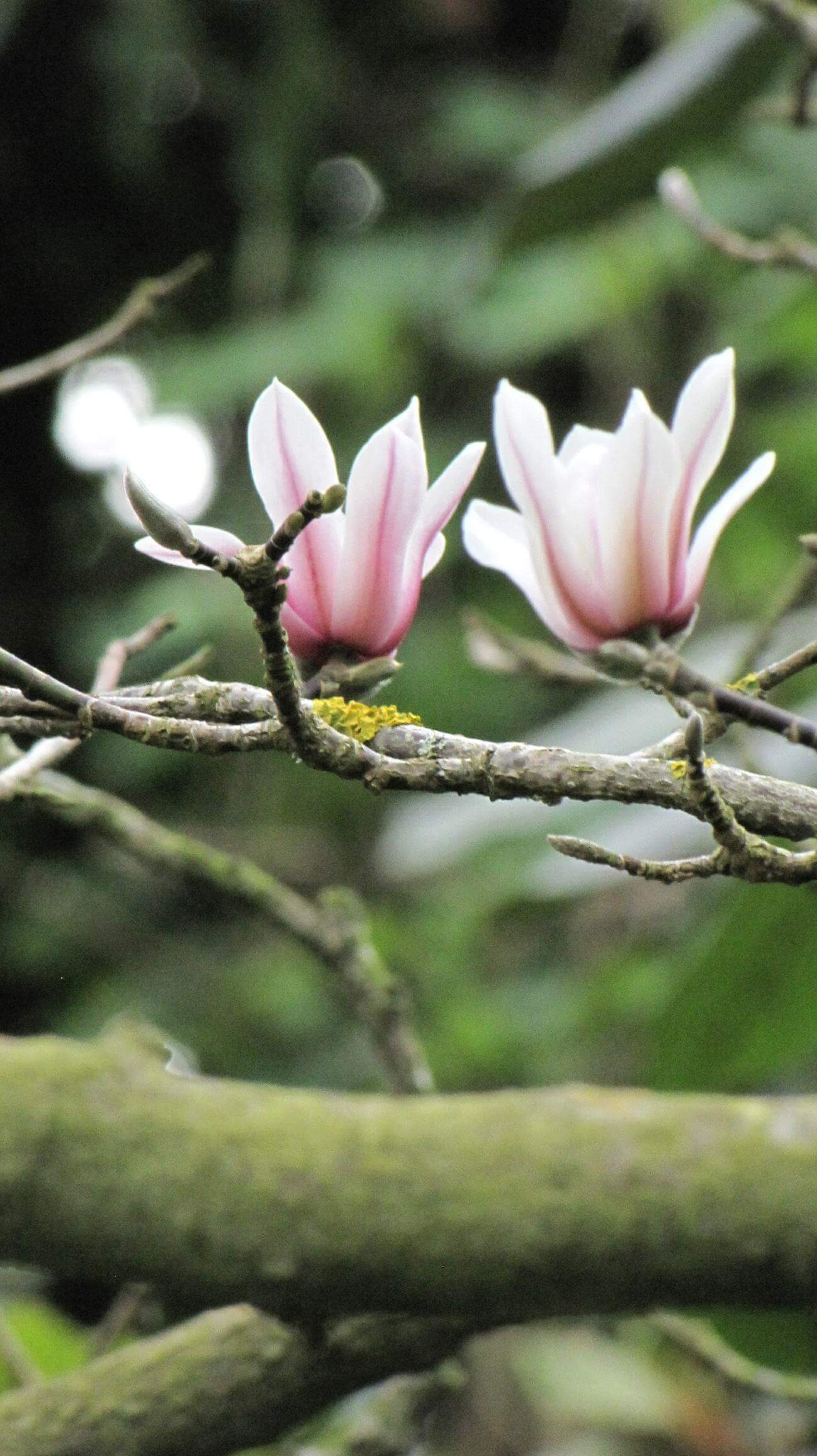
Endemic to Southeast China, M. amoena’s range is concentrated primarily in a restricted area encompassing the Tianmu Mountains near Hangzhou (capital city of Zhejiang) at elevations between 700-1,000 meters.
Magnolia amoena, known best as the “Tianmu Magnolia”, is a deciduous tree with a fragmented distribution throughout Southeast China. It produces small, scented white and pink flowers in early spring, which, if unaffected by frost, develop into elongated red fruits in autumn. It maintains a Vulnerable status on the IUCN Red List of Threatened Species due to habitat loss and harvesting pressures.
Magnolia species have been valued for their medicinal properties for millennia, with nearly every part of the plant (leaves, bark, flowers, and fruits) used to address a wide range of health concerns. These include anxiety, depression, gastrointestinal disorders, respiratory illnesses, toxin exposure, headaches, muscle pain, and inflammation. M. amoena is prized specifically for its flower buds, which serve medicinally as an antitussive, diuretic, and antitoxin, known to treat wounds and respiratory illnesses. Collection of these flower buds, however, has reduced its ability to regenerate and is in part why it remains vulnerable.
Tianmu Magnolia (Magnolia amoena)
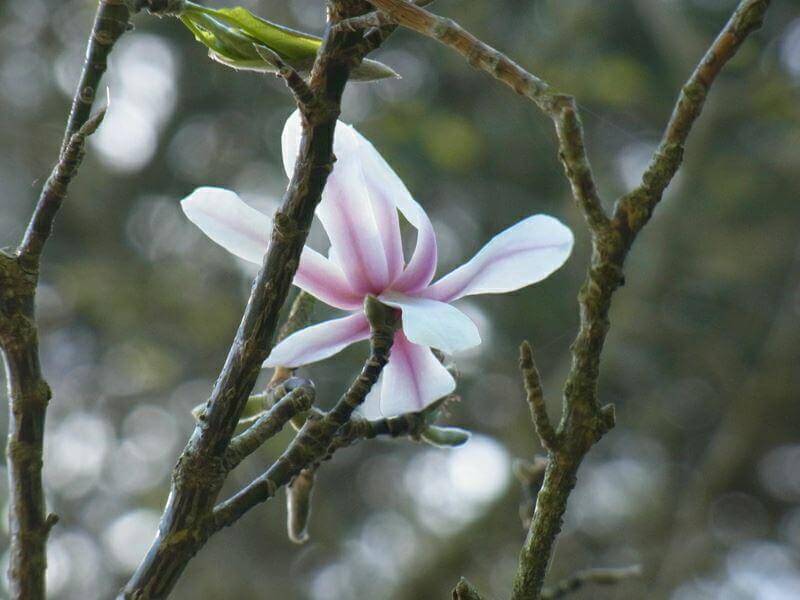

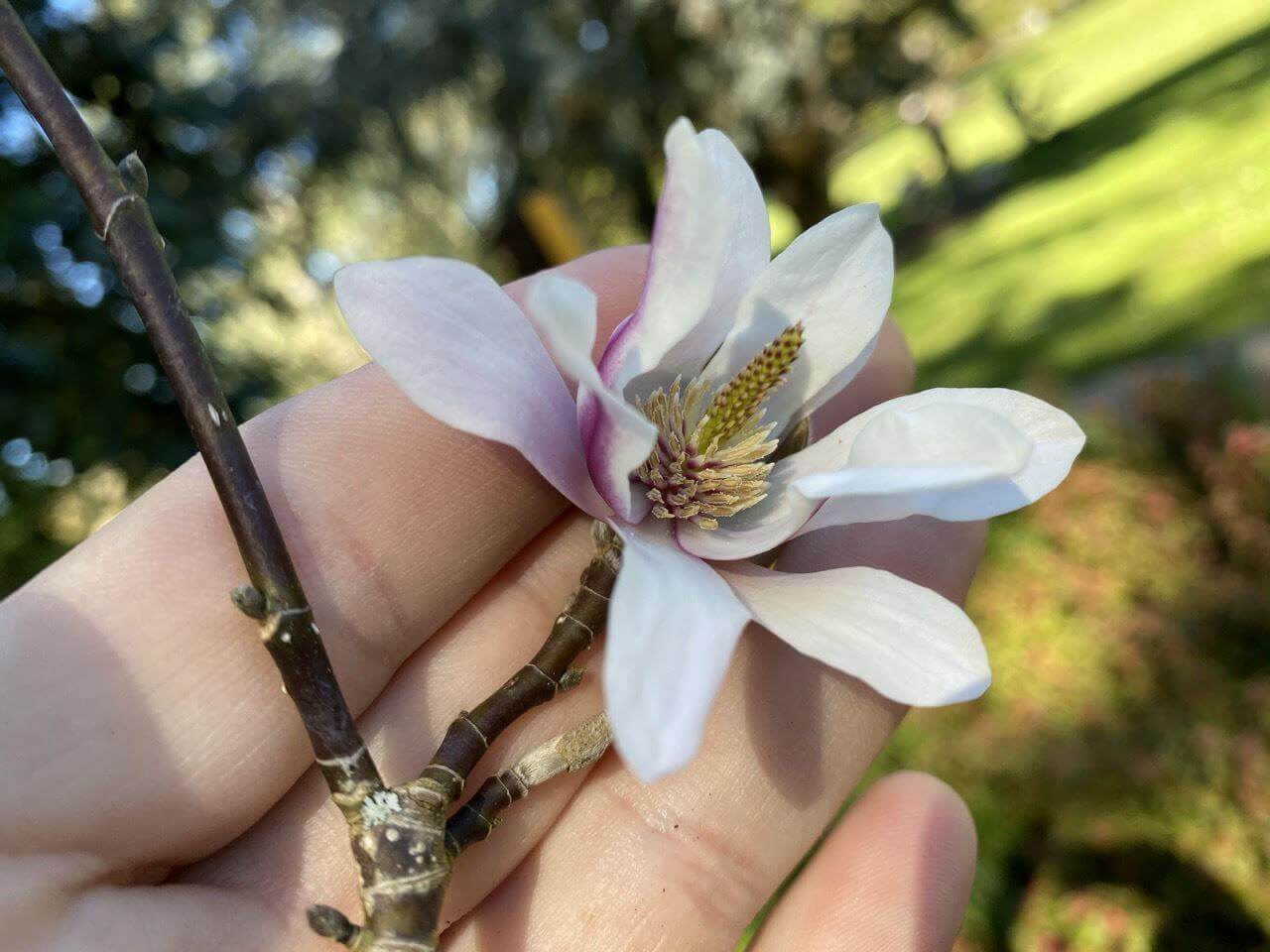
Endemic to Southeast China, M. amoena is distributed across Zhejiang province and the southern regions of Anhui and Jiangsu provinces. Its range is concentrated primarily in a restricted area encompassing the Tianmu Mountains near Hangzhou (capital city of Zhejiang) at elevations between 700-1,000 meters. Known for their rich diversity of woody species, the Tianmu Mountains are also the source of M. amoena’s common name. Despite observations of isolated populations along the border of Jiangxi and Fujian provinces, mainly on Mount Huanggang, the species’ distribution remains severely restricted.
Gardens of Golden Gate Park has two M. amoena in its collections. These were presented to San Francisco Botanical Garden as donations from Dianne Feinstein during her mayorship of San Francisco. Mayor Feinstein received these as gifts from the Shanghai Botanical Garden during her trip to China in 1982. Both are located in the Mesoamerican Cloud Forest; you can find them in beds 14A (1984-0402*A) and 26D (1984-0402*B).
Text by Royal Jenkins, photos by Mona Bourell and Don Mahoney

